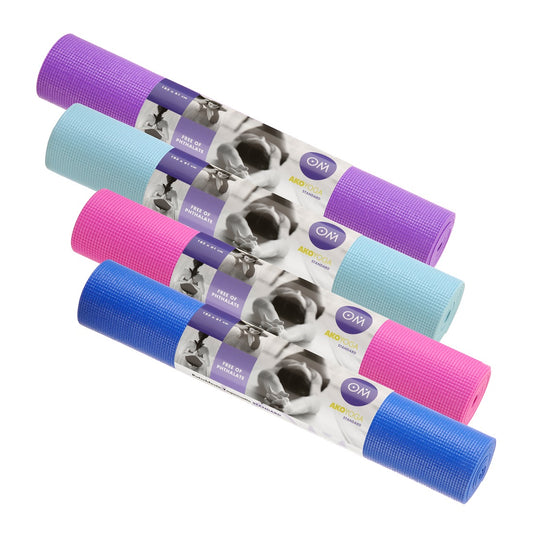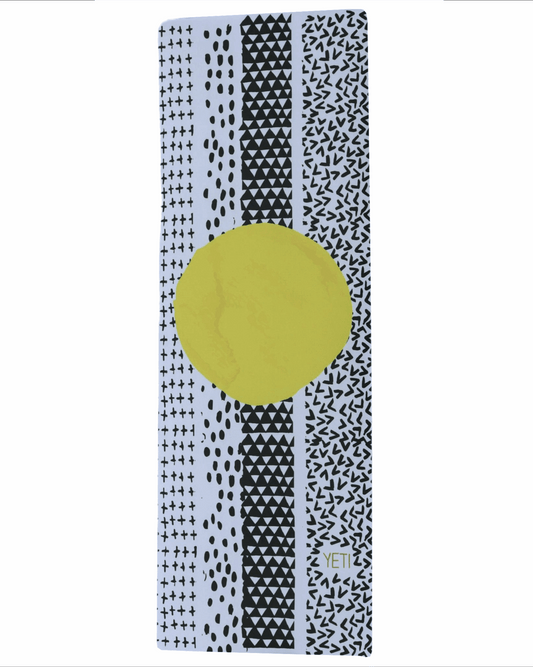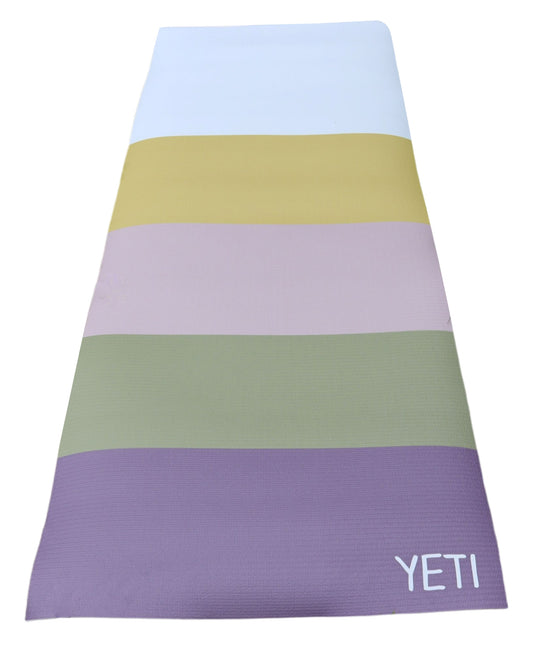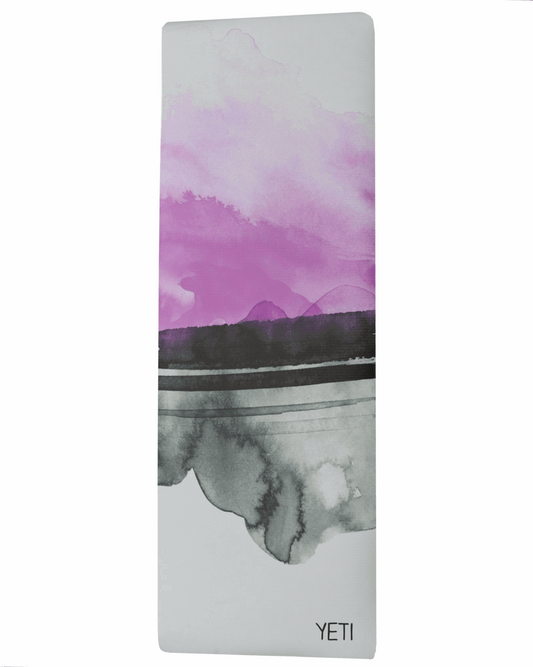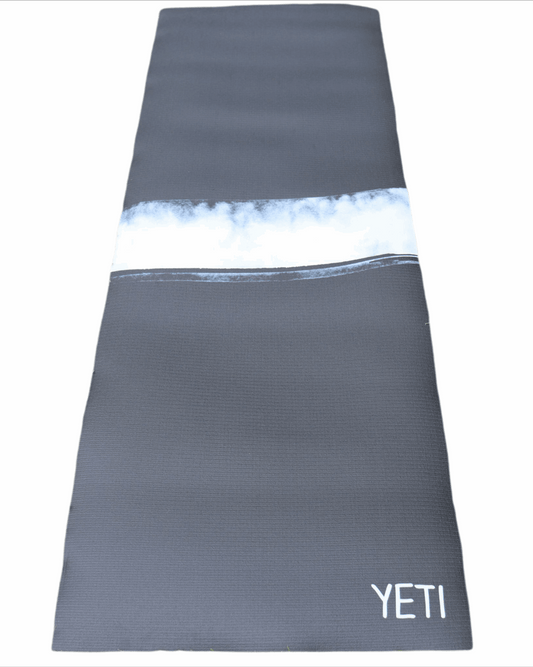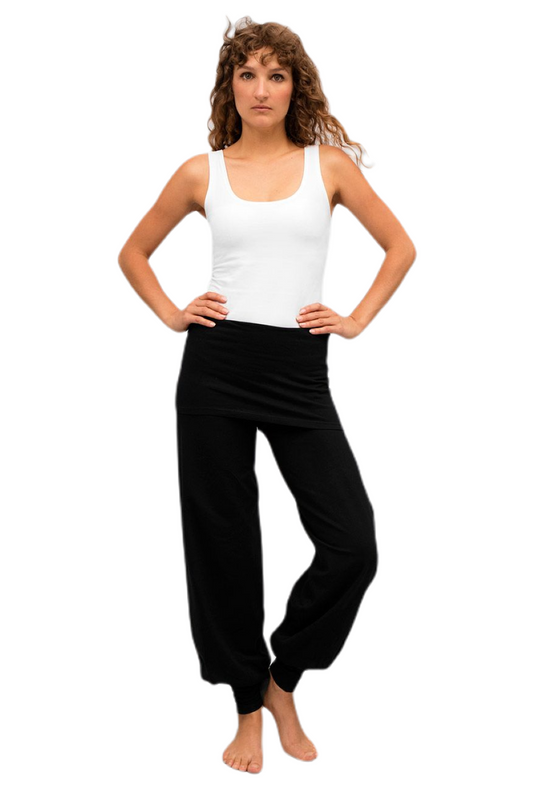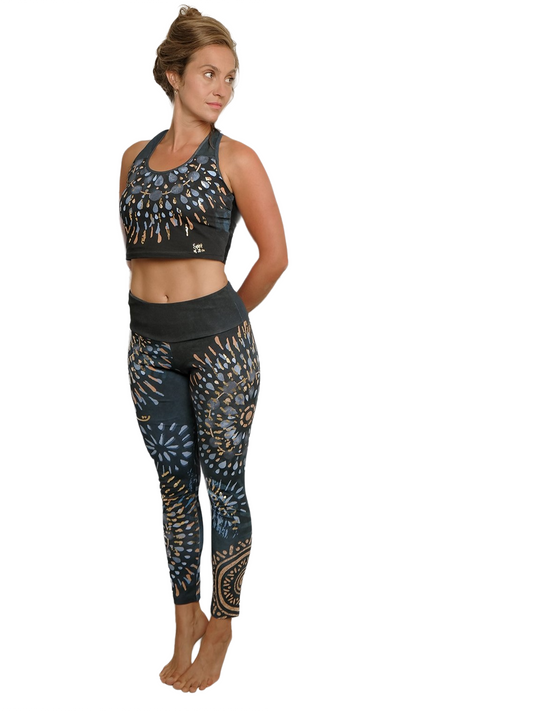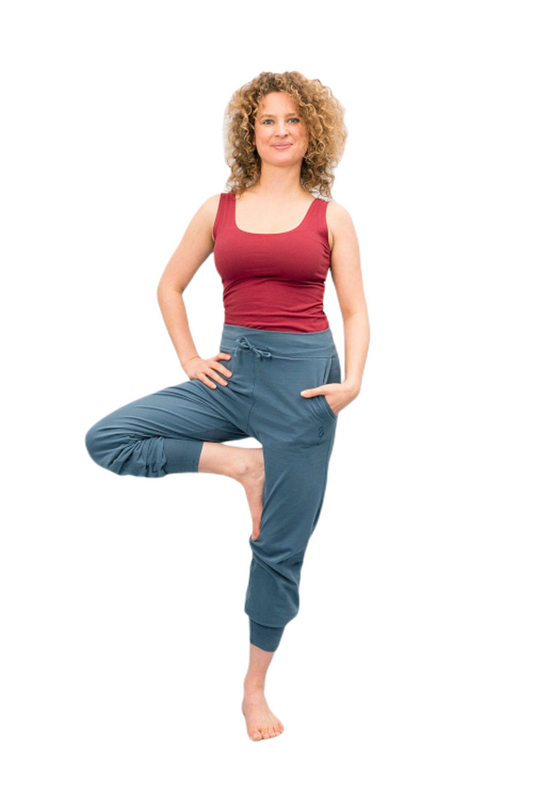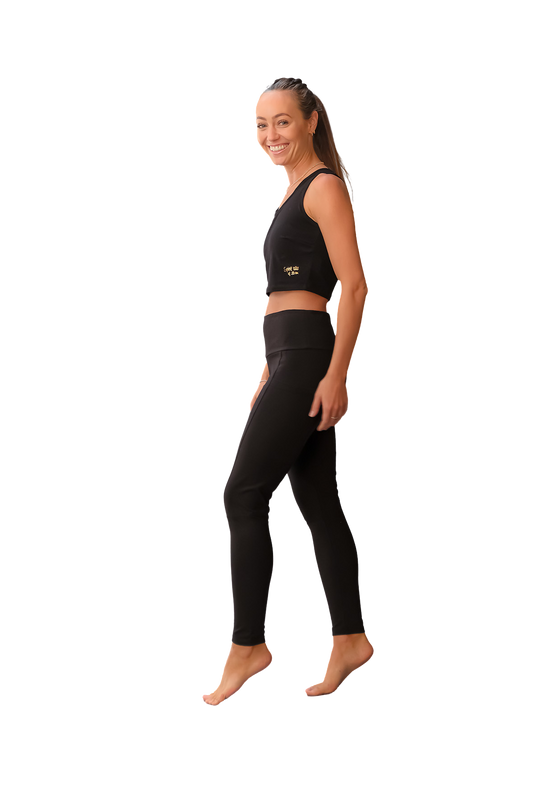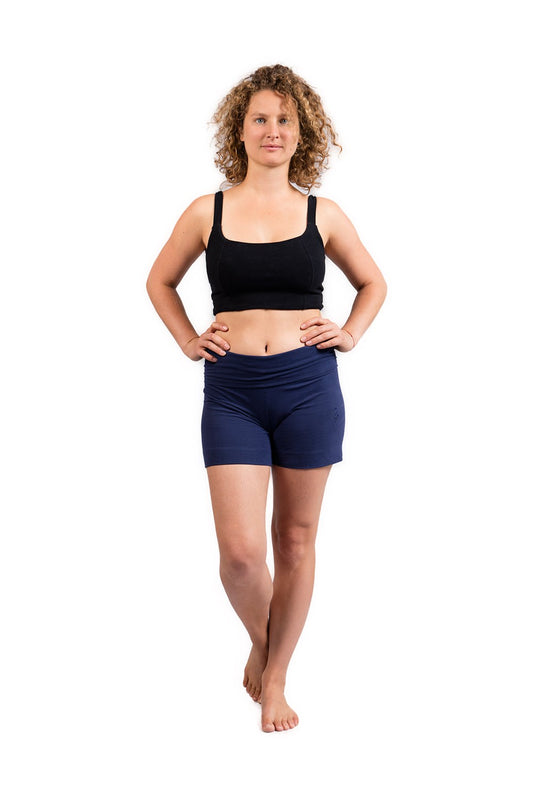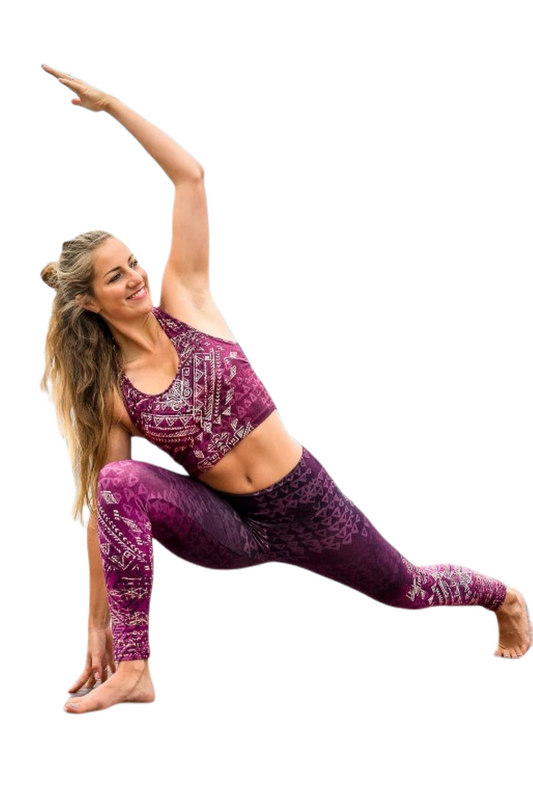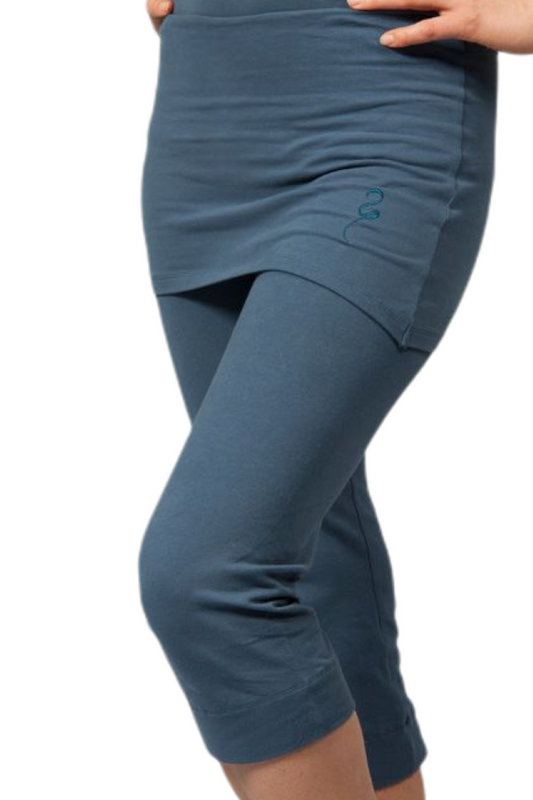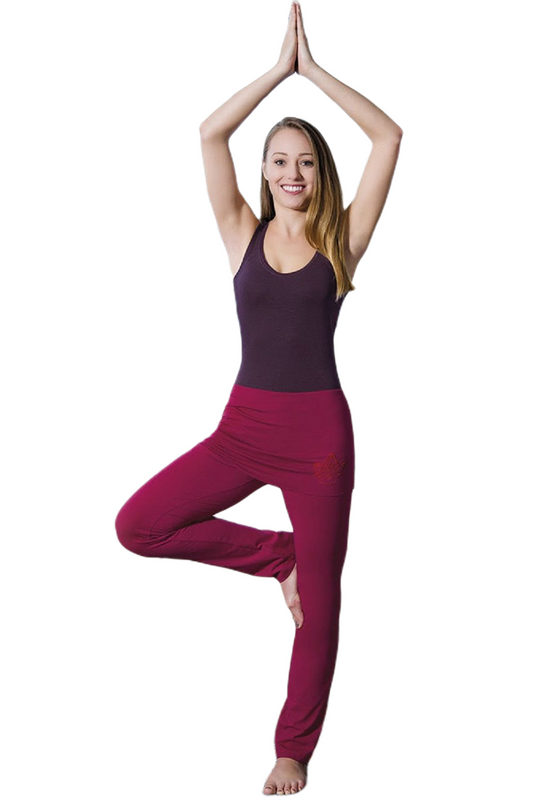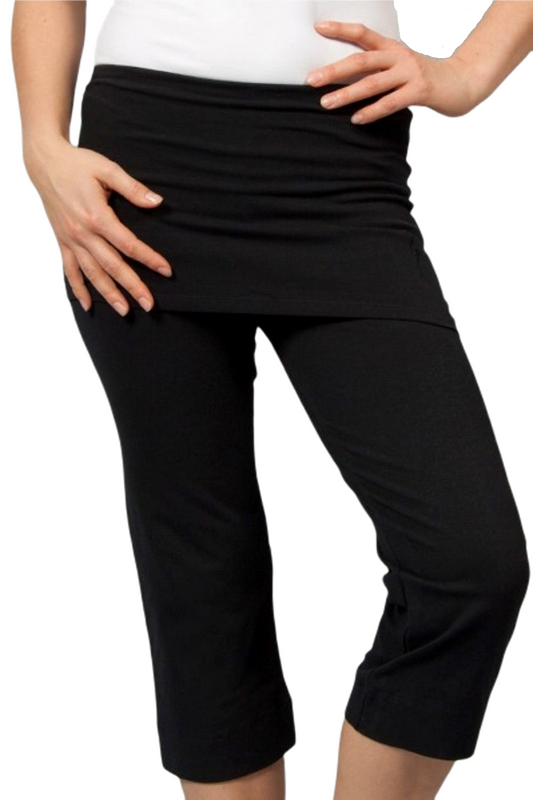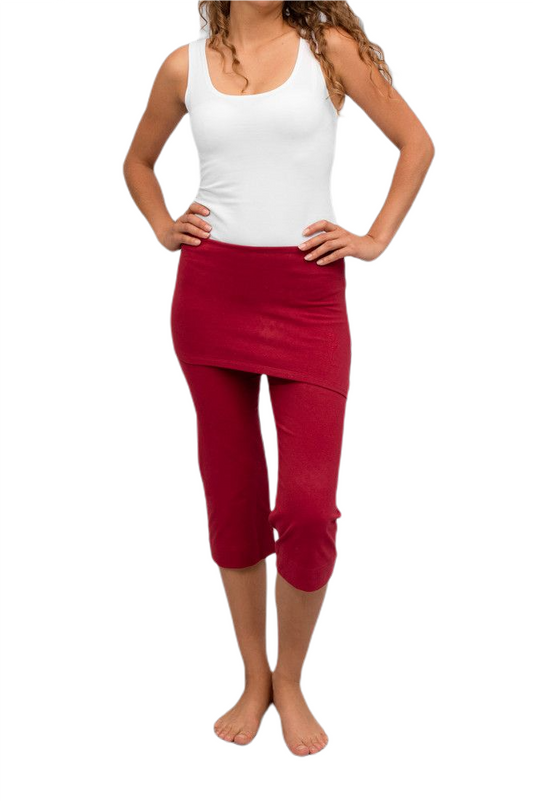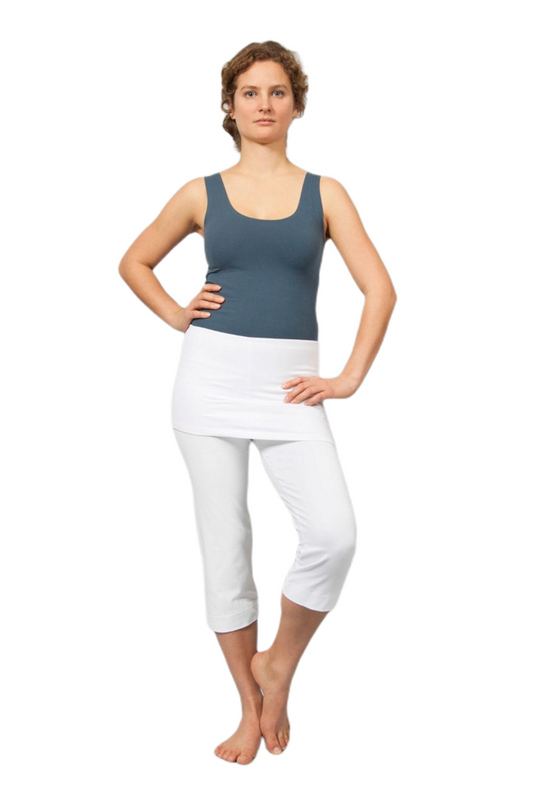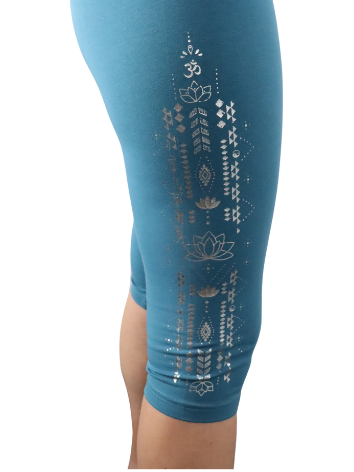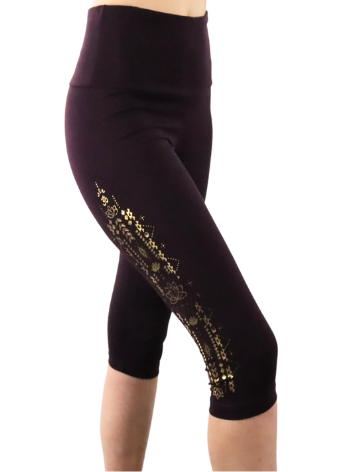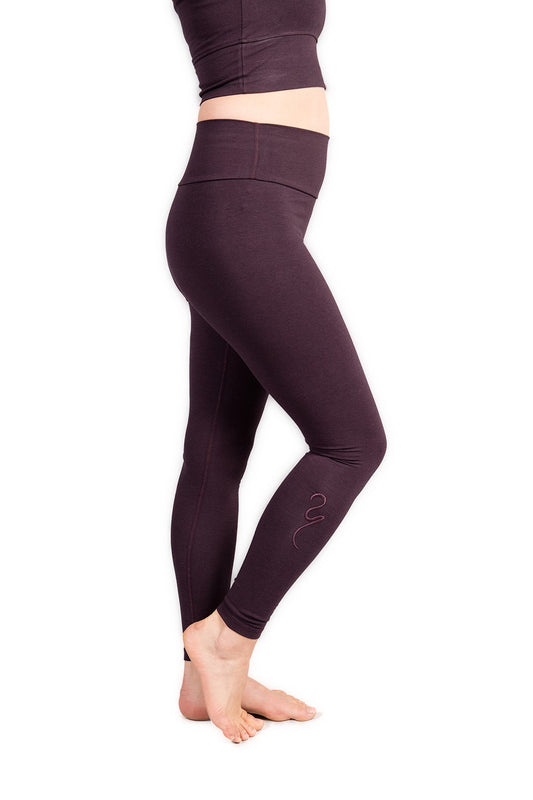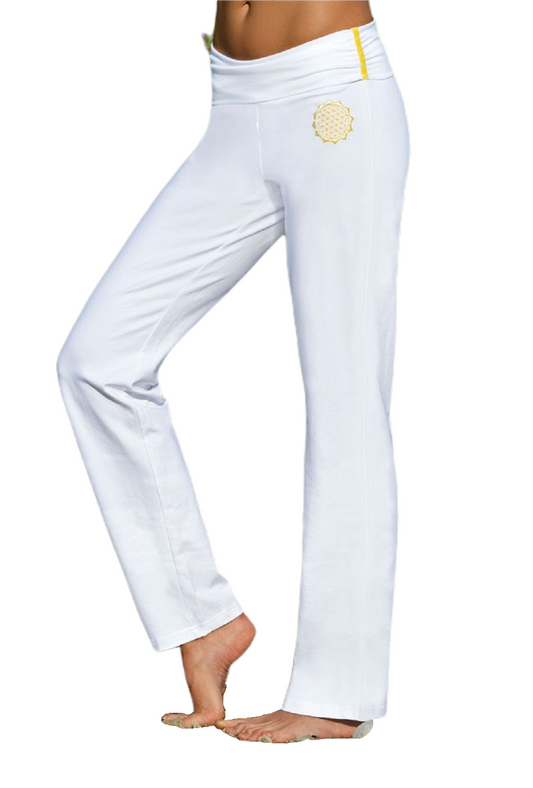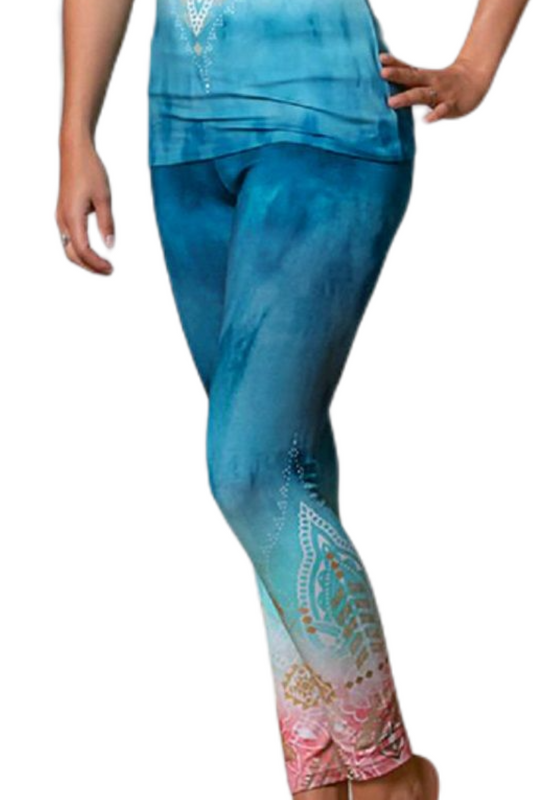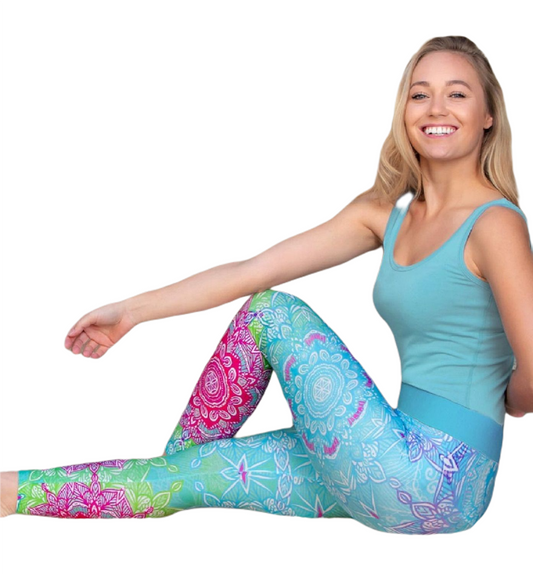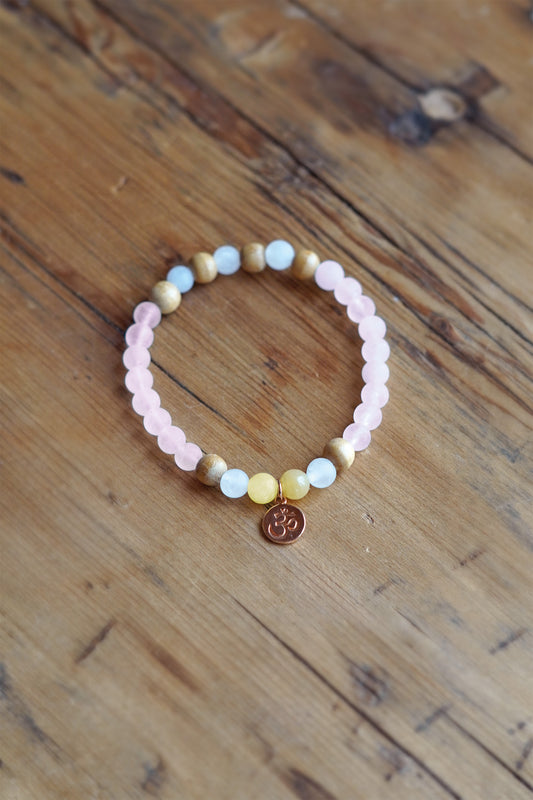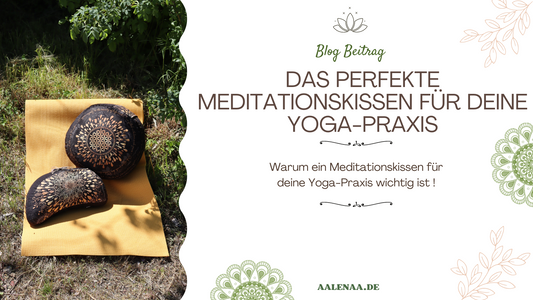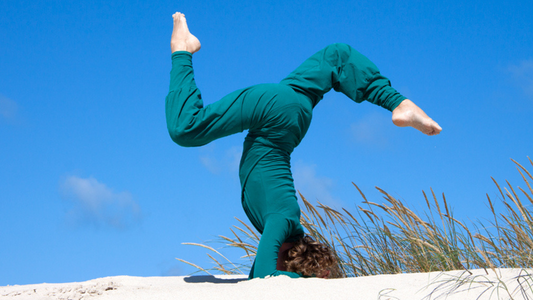

Finden Sie Ihre perfekte Balance mit unseren hochwertigen Yogamatten
Wenn Sie auf der Suche nach der perfekten Yogamatte sind, dann sind Sie bei uns genau richtig! Unsere Yogamatten sind nicht nur von höchster Qualität, sondern auch äußerst bequem und rutschfest. Mit verschiedenen Dicke-Optionen und Größen zur Auswahl finden Sie bei uns garantiert die perfekte Matte für Ihre Praktiken. Unsere Matten sind aus umweltfreundlichen Materialien hergestellt und unterstützen Sie dabei, Ihre Körperhaltung zu verbessern und Ihre Balance zu finden. Entdecken Sie jetzt unsere Kollektion und finden Sie Ihre perfekte Balance mit unseren hochwertigen Yogamatten.
-
 Sold out
Sold outYoga mat Yin Yang Studio
Vendor:AKORegular price $60.00 USDRegular priceUnit price per$0.00 USDSale price $60.00 USDSold out -
Yoga mat yin yang standard
Vendor:AKORegular price $43.00 USDRegular priceUnit price per$0.00 USDSale price $43.00 USD -
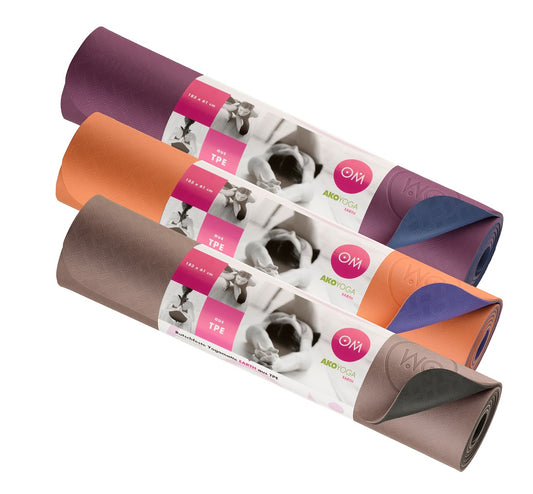 Sold out
Sold outYoga mat Yin-Yang Earth
Vendor:AKORegular price $71.00 USDRegular priceUnit price per$0.00 USDSale price $71.00 USDSold out -
Yune Yoga Mat The Bowie 188x61x0.6 cm
Vendor:Yeti YogaRegular price $83.00 USDRegular priceUnit price per$0.00 USDSale price $83.00 USD -
Yune Yoga Mat The Jagger 188x61x0.6cm
Vendor:Yeti YogaRegular price $83.00 USDRegular priceUnit price per$0.00 USDSale price $83.00 USD -
Yune Yoga Mat The Andesite 188x61x0.6cm
Vendor:Yeti YogaRegular price $83.00 USDRegular priceUnit price per$0.00 USDSale price $83.00 USD -
Yune Yoga Mat The Biarritz 188x61x0.6cm
Vendor:Yeti YogaRegular price $83.00 USDRegular priceUnit price per$0.00 USDSale price $83.00 USD -
Yune Yoga Mat The Spruce 188x61x0.6cm
Vendor:Yeti YogaRegular price $83.00 USDRegular priceUnit price per$0.00 USDSale price $83.00 USD -
Yune Yoga Mat Black 2 188x61x0.6cm
Vendor:Yeti YogaRegular price $83.00 USDRegular priceUnit price per$0.00 USDSale price $83.00 USD -
Yune Yoga Mat The Ursa Major 188x61x0.6cm
Vendor:Yeti YogaRegular price $83.00 USDRegular priceUnit price per$0.00 USDSale price $83.00 USD


